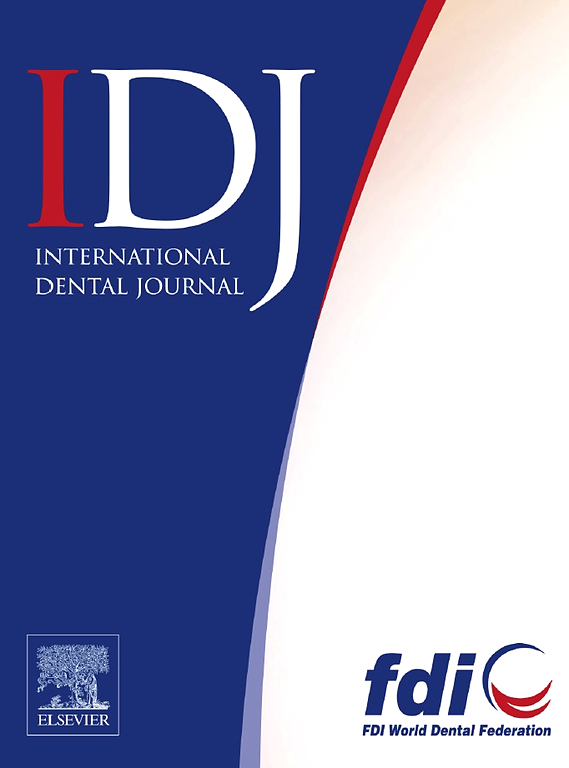Acceptance and Willingness-to-Pay for Teledentistry: A Contingent Valuation Study
IF 3.2
3区 医学
Q1 DENTISTRY, ORAL SURGERY & MEDICINE
引用次数: 0
Abstract
Objectives
The study sought to assess patients’ acceptance of teledentistry and their willingness-to-pay (WTP) for teledentistry.
Methods
Patients attending a dental appointment at a public hospital in Singapore were recruited to participate in a cross-sectional study between August 2021 and March 2023. Patients’ acceptance of video consults and reviews were compared using McNemar tests. A bidding game contingent valuation method with random starting points was adopted to elicit participants’ WTP for teledentistry. Logistic regression was carried out to assess participants’ WTP equivalent in-person costs by sociodemographic factors.
Results
Out of 597 respondents, the proportion willing to have an initial consult via a video call was 54.4% and 70.9% for a video review. Teledentistry acceptance was lower among older age groups and higher among those with higher education levels (adjusted odds ratio [adj. OR] 3.63, 95% CI = 2.16-6.15 for video reviews for university graduates). The proportion of participants willing to pay at least the quantum of in-person care for video consults and reviews was 15.2% and 79.6%, respectively. Compared to those aged 21 to 30 years, the WTP for video reviews was lower among those aged 41 years and above (OR: 0.39, 95% CI = 0.20-0.72).
Conclusions
Majority of patients were willing to undergo and pay at least in-person costs for video reviews compared to video consults. Younger age and higher education levels were associated with a higher willingness to accept video consults and reviews, and a higher WTP at least the equivalent in-person costs for video reviews.
求助全文
约1分钟内获得全文
求助全文
来源期刊

International dental journal
医学-牙科与口腔外科
CiteScore
4.80
自引率
6.10%
发文量
159
审稿时长
63 days
期刊介绍:
The International Dental Journal features peer-reviewed, scientific articles relevant to international oral health issues, as well as practical, informative articles aimed at clinicians.
 求助内容:
求助内容: 应助结果提醒方式:
应助结果提醒方式:


